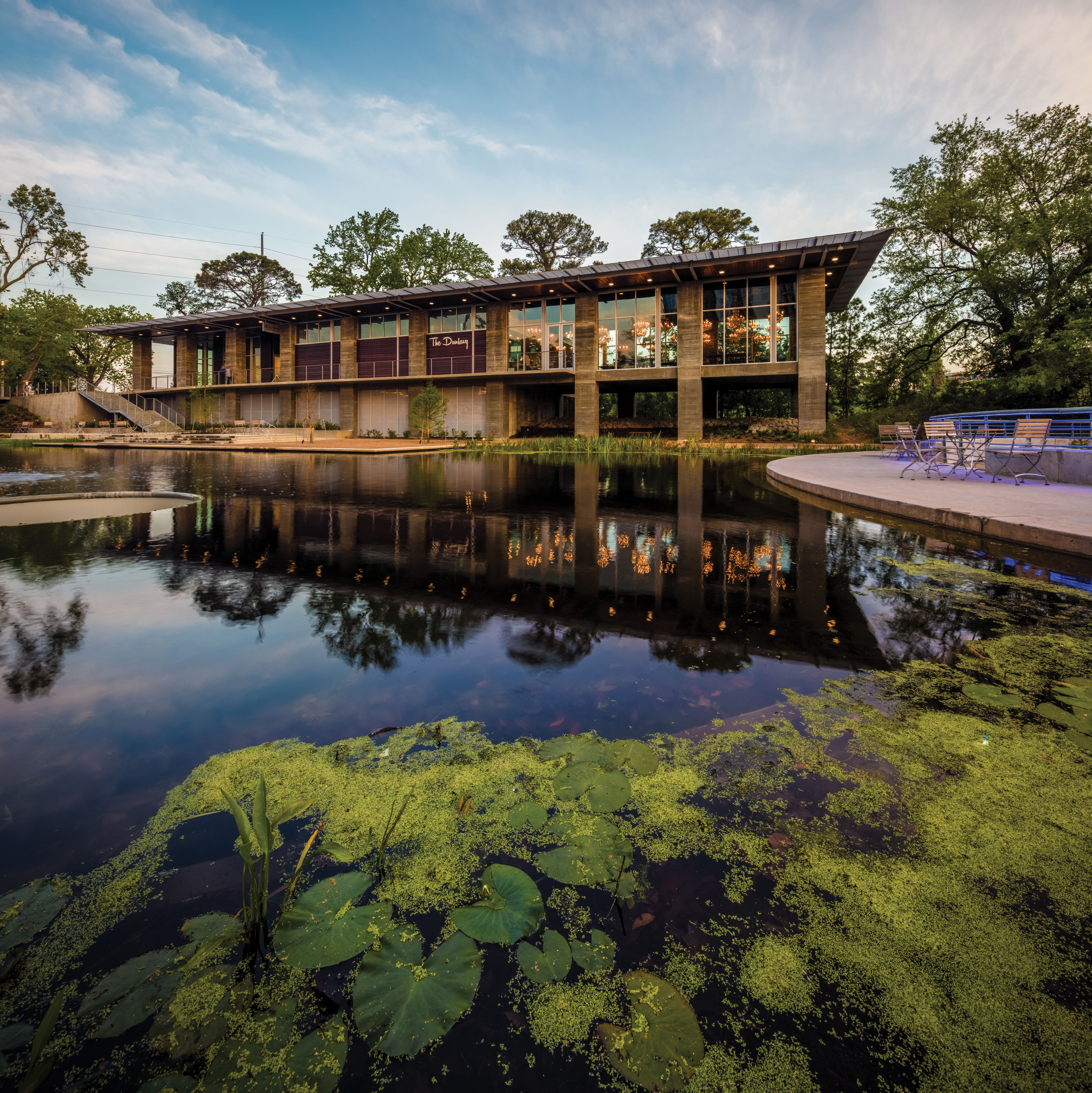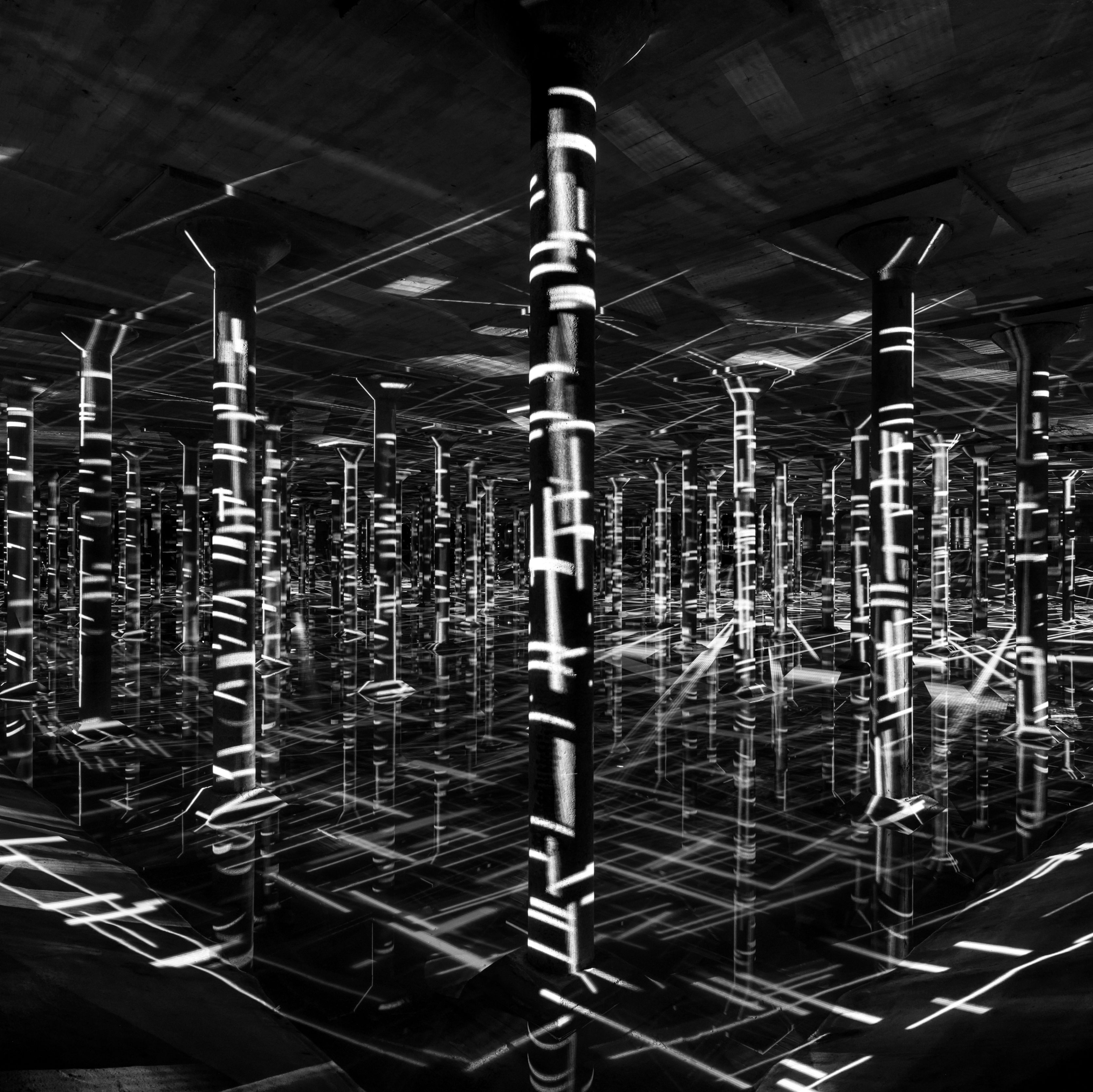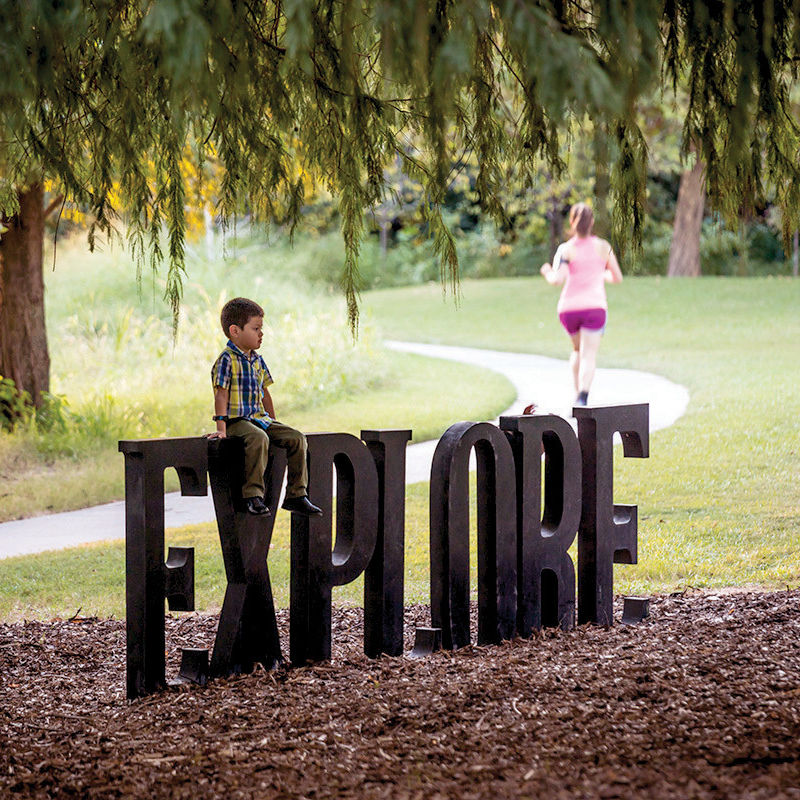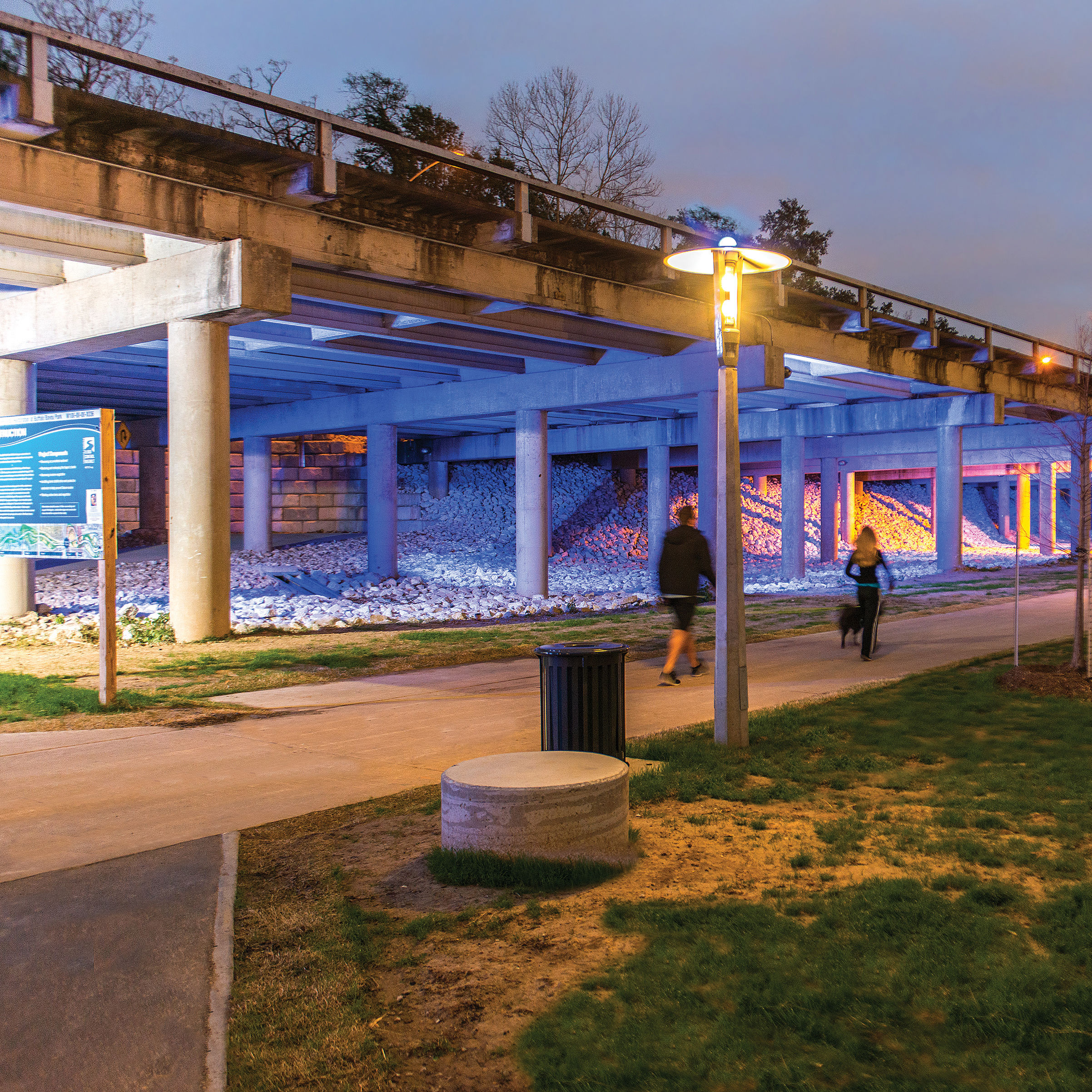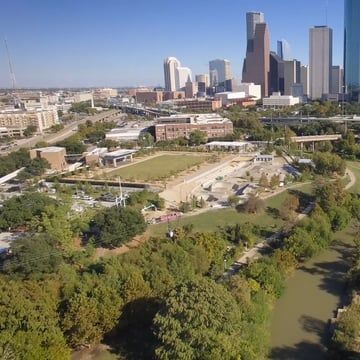Where the Wild Things Are in Buffalo Bayou Park
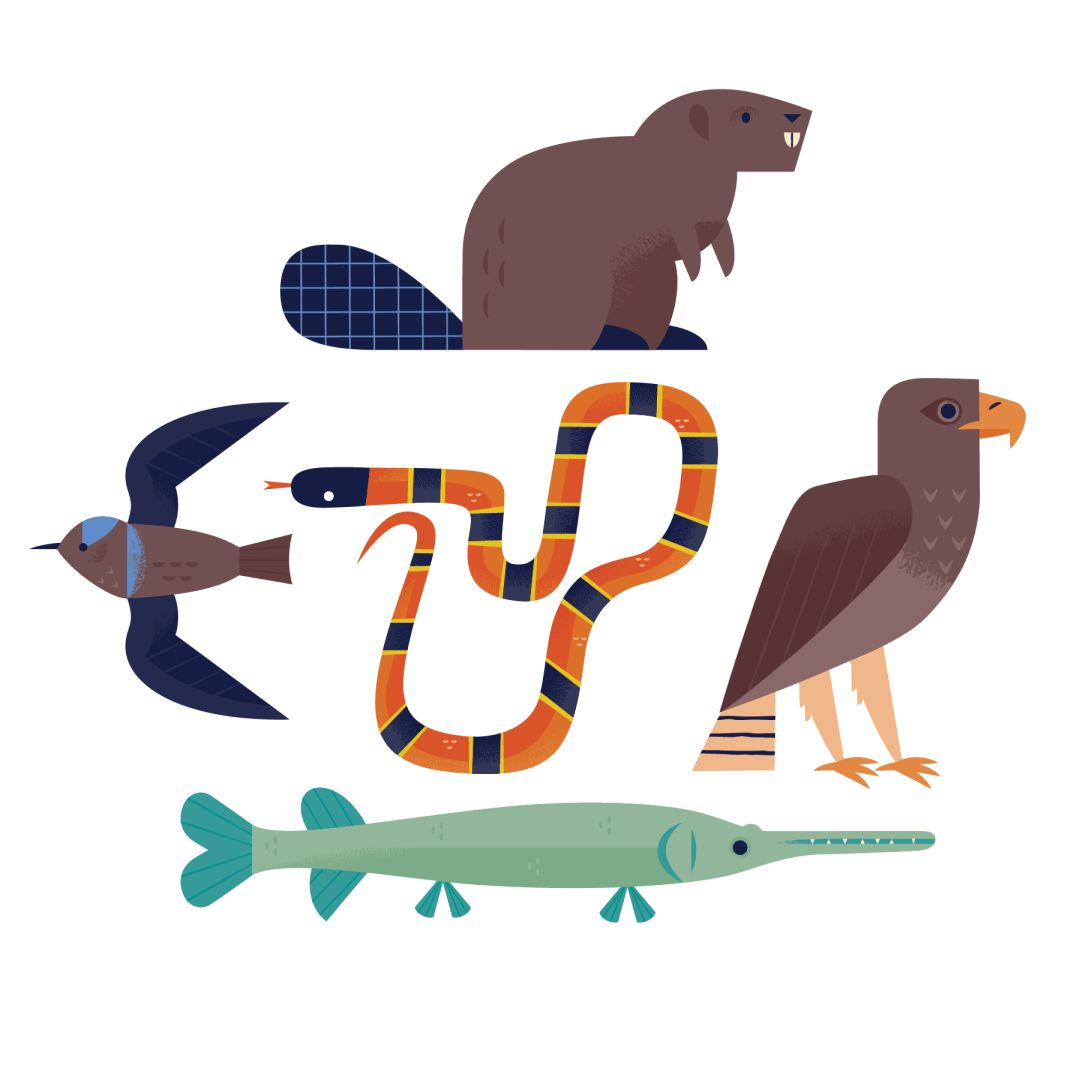
Image: Alexander Vidal and Tanyia Johnson
Alligator gar
There are plenty of fish occupying our urban waterways, but none quite as odd as this large—routinely six feet long, and over 100 pounds—prehistoric-looking specimen, with its flat, elongated snout and slender body. Do a Google search for “alligator gar” and “Buffalo Bayou” and you’ll find plenty of photos of fishermen who caught disturbingly large gar in the bayou.
Swainson hawks
Plenty of birds of prey occupy the skies over Houston, but this hawk is unique for its food of choice: bats. “They dive into the swarm, grab a bat in their claws and eat it on the wing, then dive down for another,” Kline explains. “Kind of like fast food.” You can see the hawks most nights, at the same time that the Waugh Bridge Bat Colony makes its evening ascent.
Coral snakes
One of only 15 venomous snakes native to Texas, the coral has distinctive bands of red, yellow and black that make it easily noticeable. If you run into one, don’t worry: They’re remarkably timid, and Kline points out that their bites are so uncommon, hospitals rarely carry the anti-venom. (Actually, that doesn’t make us feel better).
Cliff swallows
The Waugh Drive Bridge offers more than bats; you’ll also want to look for the small hut nests made of mud that cling to its pillar walls. According to Kline, migratory swallows traveling north return to the same nests each year around January or February. If you’re lucky, you might glimpse the chicks poking their heads out to look for food when broods begin to hatch in spring and summer.
Beavers
That’s right, Houston. We have beavers on Buffalo Bayou. “I’ve only seen a beaver once, many years ago down near Shepherd,” says Kline, “but I see beaver damage frequently.” The animals are attracted to the scent of sycamore trees, which they take down with their chompers. “The constant felling of them,” the naturalist adds, “must be a real pain for the park landscapers.”

